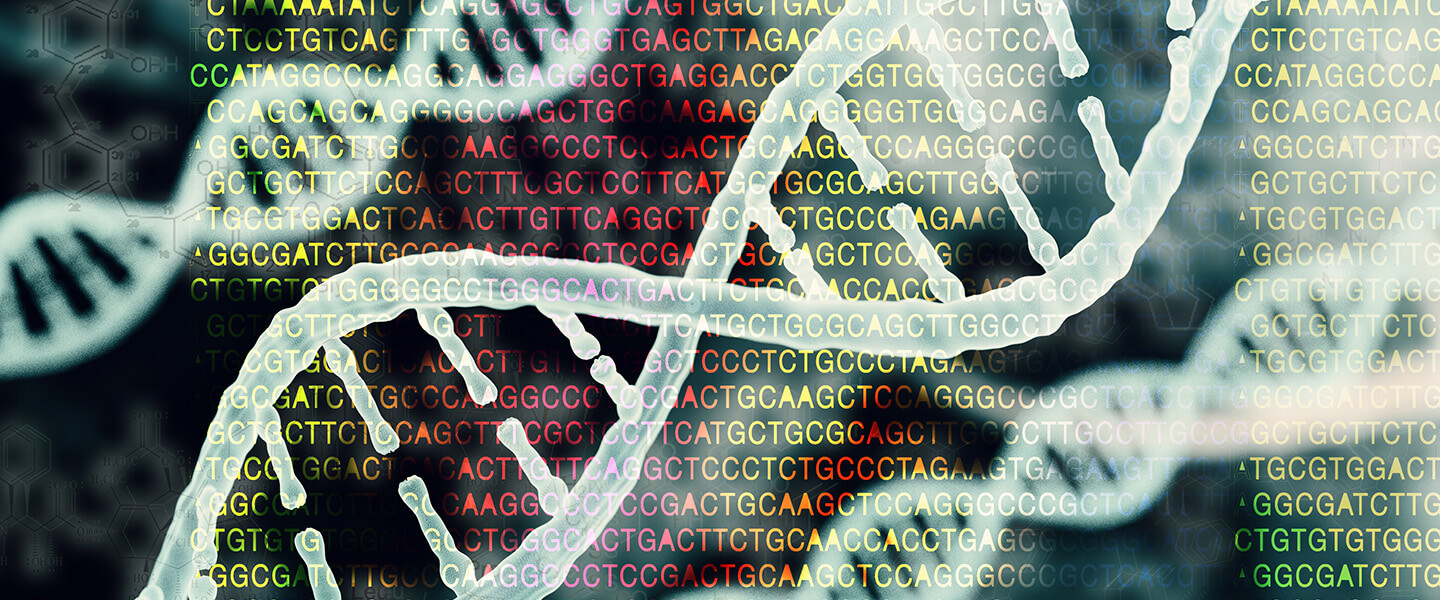Analysis of Gene-Expression Profiles in Suicide Implicates 5 Genes and Several Biological Mechanisms
Analysis of Gene-Expression Profiles in Suicide Implicates 5 Genes and Several Biological Mechanisms

Two of the most important goals in suicide research are developing methods of predicting individual risk and identifying measures that might contribute to prevention.
One way of proceeding involves the collection and analysis of epidemiological data about those who manifest suicidal behaviors or die by suicide. This gives a multi-dimensional picture of the "people" part of the equation. Among other things, such inquiry has identified patterns relating risk to gender, age, and co-morbid health conditions, including preexisting mental illness.
Another important and more recent approach involves analyzing various kinds of genomic data to construct testable theories about how the molecular biology of the brain may be distinctive in people who die by suicide. For example, having a parent who died by suicide has been identified in past research as an important risk factor, leading many researchers to probe the genomes of such people, as well as those of first-degree and other relatives. Insights can be obtained by comparing the expression levels of the genes of people who died by suicide—as captured in postmortem brain-bank samples—with levels in people who died from other causes.
A research team co-led by Clement C. Zai, Ph.D., a 2012 BBRF Young Investigator at the University of Toronto, Canada, and Mirko Manchia, M.D., Ph.D., of the University of Cagliari, Italy, and Dalhousie University, Canada, recently reported results of a study of gene-expression changes in people who died by suicide, comparing these with gene expression in people who died from other causes. The study is called a meta-analysis because it combines the results of multiple prior studies, adding greatly to the statistical power of those studies when considered separately.
Drs. Zai, Manchia, and colleagues including the first author of their paper appearing in European Neuropsychopharmacology, Ignazio S. Piras, Ph.D., tapped multiple, independent publicly available datasets to assess gene-expression levels in three brain regions in 380 individuals, 141 of whom died by suicide and 239 from other causes.
The team found reduced expression of five key genes—KCNJ2, AGT, PMP2, VEZF1 and A2M—in the samples from individuals who died by suicide, all potentially linked to alterations in molecular and cellular mechanisms. The relevance of these changes in some instances can be inferred from other research. For example, previous studies have linked A2M to Alzheimer’s disease and neurocognitive decline.
The three brain areas in which gene expression was measured were parts of the cerebral cortex, the seat of the brain's higher functions: the prefrontal cortex, the orbitofrontal cortex, and the dorsolateral prefrontal cortex. Different combinations of these read-outs were combined over six datasets to form a basis for statistical comparison and analysis. Among other things, this approach greatly raises the chance that only the most biologically significant patterns will emerge in the final assessment.
“Our findings support the involvement in suicide behavior of astrocytes and microglia (brain and central nervous system cells), stress response, and the immune system,” Dr. Piras said. "Should independent replication studies validate our findings, they might be able to inform predictive models of suicide risk in patients affected by mental disorders.”
“Stratification of patients according to validated gene expression signatures will help risk assessment of suicidal behavior in the future,” said Dr. Manchia. Dr. Zai added: “We plan follow-up studies, including additional data sources and integrative genomic analysis approaches, to validate the candidate targets."


